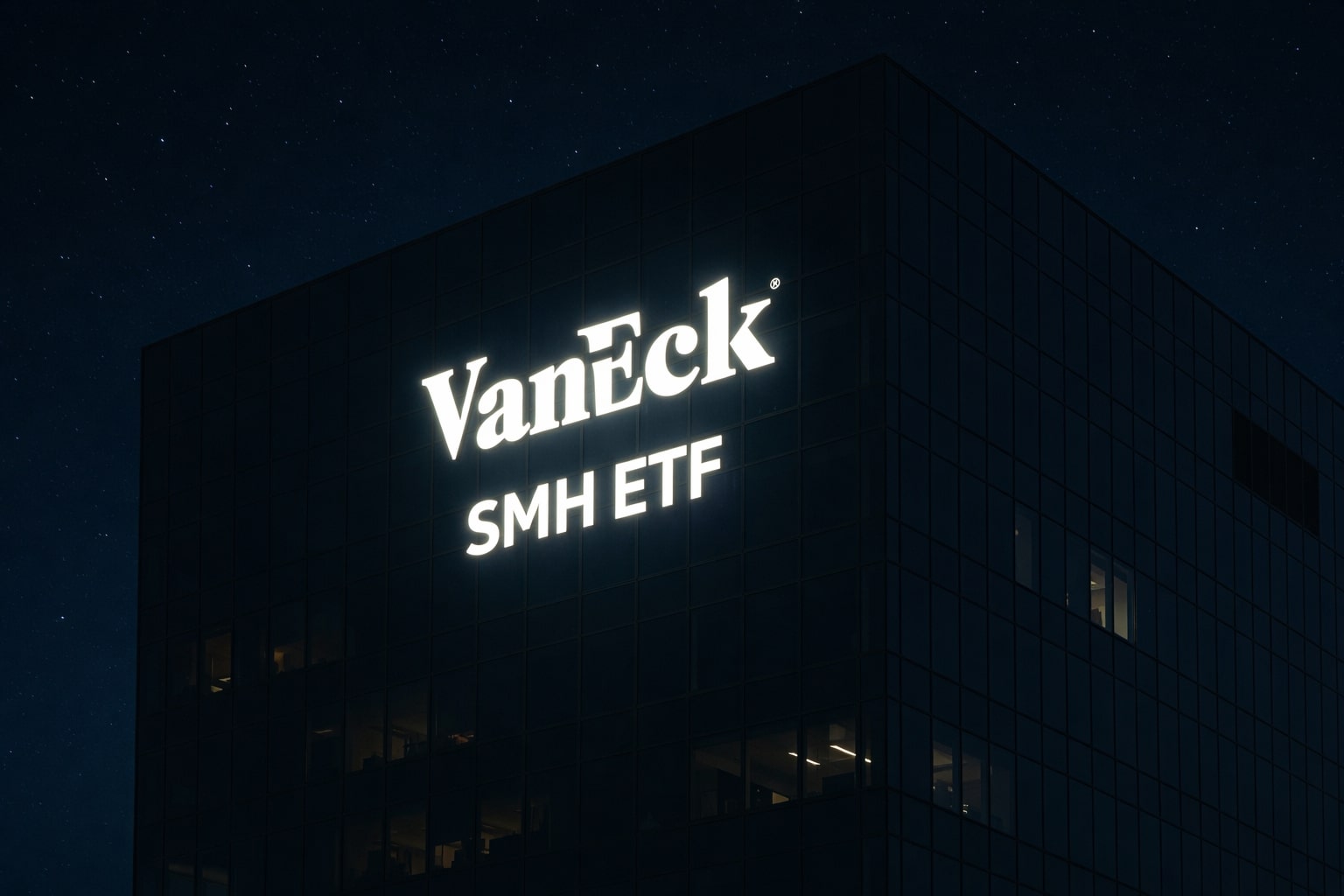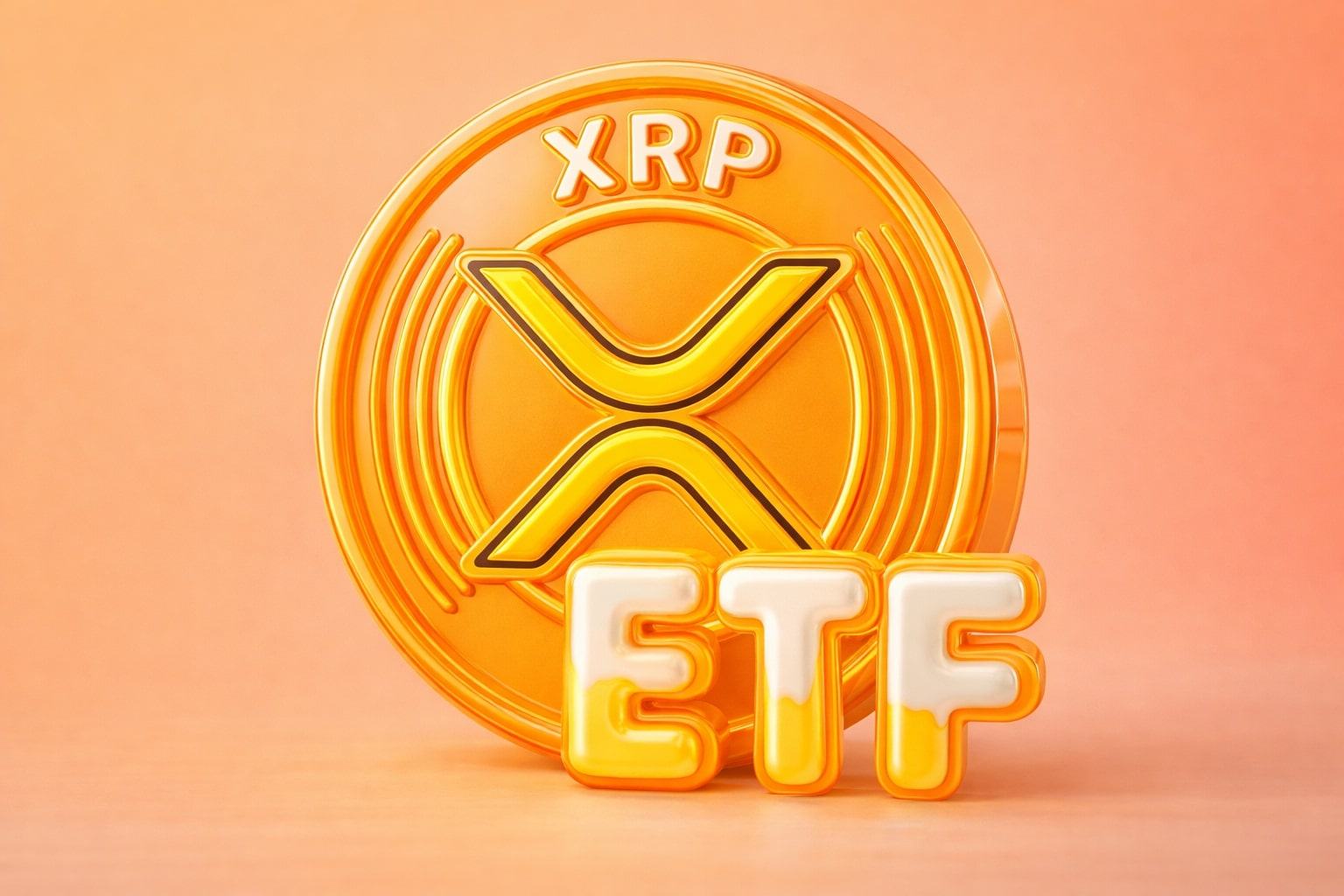NASDAQ:MSTR's Bitcoin-Backed Growth Strategy: Why It's Trading at a Premium
Michael Saylor's Bitcoin Standard Strategy and Leverage Impact
Michael Saylor, CEO of NASDAQ:MSTR, has been one of the most vocal advocates for Bitcoin, taking an unconventional approach to corporate finance by using debt to fuel the company's Bitcoin purchases. MSTR has not only bought Bitcoin directly but has leveraged traditional financial tools like convertible notes, preferred shares, and equity raises to expand its holdings, positioning itself as one of the largest public holders of Bitcoin. The company's strategy is straightforward: leverage debt to acquire Bitcoin and let its appreciating value increase the company’s market capitalization. This strategy means that MSTR is essentially a leveraged proxy for Bitcoin, with its price movement closely tied to the fluctuations of Bitcoin itself.
Is Paying a Premium for MSTR Worth It?
Investors often question why they should pay a premium for MSTR’s stock when its underlying value is tied directly to Bitcoin's price. The answer lies in the leverage provided by Saylor's unique use of debt. With MSTR trading at a 2x premium to its Bitcoin NAV (net asset value), investors are essentially betting that Bitcoin's value will continue to rise over time, outpacing the cost of the company’s debt. The leverage increases the potential returns, but also the risk, as it amplifies both the upside and the downside of Bitcoin's price movement. For MSTR, the key is Bitcoin’s continued growth, and if Bitcoin maintains its upward trajectory, the company's leveraged structure could result in significant returns.
Capital Structure and Debt Financing
One of the critical elements of NASDAQ:MSTR’s strategy is its capital structure. The company raises capital primarily through share issuance, convertible notes, and preferred shares. Selling shares is the simplest method and allows MSTR to generate funds for additional Bitcoin purchases without incurring additional debt. Convertible notes, however, are a more efficient way of raising capital, as they allow the company to borrow money now without diluting shareholders until the notes are converted into stock in the future. Preferred shares, on the other hand, are a less dilutive way of raising capital but come with fixed dividends, adding another layer of complexity to the company’s financial management.
How Does MSTR's Leverage Strategy Impact Bitcoin Holdings?
As of now, MSTR owns more than 553,000 BTC, making it one of the largest public holders of Bitcoin. The company has been actively increasing its Bitcoin holdings, and the leverage involved means that each MSTR share is backed by more Bitcoin over time. This has caused the company’s Bitcoin yield per share to increase significantly, which in turn drives the market price of MSTR stock up. However, the high premium that MSTR trades at to its Bitcoin NAV means that investors must be confident that Bitcoin will continue to appreciate in value to justify the stock's current price.
Bitcoin Torque and Risk Factors in MSTR's Strategy
The term "BTC Torque" refers to the leveraged returns that MSTR generates by using debt to purchase Bitcoin. The more Bitcoin the company acquires, the more it amplifies its returns as the value of Bitcoin increases. For example, if MSTR borrows $100,000 to purchase Bitcoin, and Bitcoin rises by 25%, the value of the Bitcoin holdings increases by $25,000. This effect is amplified by the use of leverage, which is why MSTR's Bitcoin yield is so attractive to some investors. However, this also means that any downturn in Bitcoin’s price could severely impact the company’s financial position.
The Risks: Forced Selling and Dilution
A major risk to MSTR's strategy is the possibility of forced selling. If the price of Bitcoin drops significantly, MSTR might face a situation where it needs to sell Bitcoin to meet its debt obligations. This could create a vicious cycle where the selling pressure from MSTR’s forced liquidation drives Bitcoin’s price even lower, compounding the company’s losses. Additionally, the company’s ongoing issuance of shares and convertible debt raises the risk of dilution for current shareholders. However, as long as Bitcoin continues to appreciate, the dilution effect can be offset by the increase in the value of the Bitcoin held by MSTR.
NAV Premium: Is MSTR Overvalued?
Currently, MSTR trades at about a 2x premium to the net asset value (NAV) of its Bitcoin holdings. While this premium reflects the market's belief in Michael Saylor's strategy and the potential for Bitcoin to continue appreciating, it also exposes investors to the risk that the stock could be overvalued relative to its actual Bitcoin holdings. For example, if Bitcoin were to enter a bear market, the premium would likely collapse, causing MSTR’s stock price to drop sharply. As it stands, the company’s premium reflects a blend of Bitcoin’s upward potential, Saylor’s leadership, and the company’s use of leverage.
The Preferred Shares (STRF) and Risks of Dilution
NASDAQ:MSTR's preferred shares, labeled STRF, offer a different risk-reward profile compared to the common stock. These shares provide an annual dividend yield of 10%, making them an attractive option for income-oriented investors. Importantly, the preferred shares are less susceptible to dilution compared to the common stock, as they are not convertible into MSTR common shares. This makes STRF a safer investment during periods of volatility, as the potential for dilution from the issuance of new shares is reduced. However, this benefit comes at the cost of a fixed yield, and investors in STRF are still exposed to the risk of MSTR’s overall performance, particularly its exposure to Bitcoin's volatility.
MicroStrategy’s Growth Plan and Future Capital Raises
MSTR is currently in the midst of its 42/42 capital raise plan, which aims to raise $42 billion through a combination of equity issuance and fixed-income products. The company is already 65% through its original capital-raising target of $21 billion. However, this raises a significant risk for investors, as the company’s reliance on equity issuance to raise capital could lead to further dilution of common stockholders. As of the first quarter of 2025, MSTR raised $6.6 billion through the sale of common stock, $2 billion through convertible debt, and $1.4 billion through preferred shares. This aggressive fundraising strategy highlights the company’s belief in Bitcoin’s long-term potential but also exposes investors to the risk of dilution and forced selling if Bitcoin’s price falters.
Investor Sentiment and Bitcoin’s Role in MSTR’s Strategy
The sentiment surrounding MSTR remains highly bullish as long as Bitcoin continues its upward trend. The company’s Bitcoin holdings are seen as a strong hedge against inflation and geopolitical risks, further reinforcing the stock's appeal to long-term investors. However, the risks associated with Bitcoin’s volatility and the company’s leverage strategy cannot be ignored. MSTR’s stock price is heavily dependent on Bitcoin’s price, and any significant downturn in the cryptocurrency market could lead to a sharp correction in MSTR's stock value.
Is MSTR a Buy or Sell?
For investors bullish on Bitcoin, MSTR presents an attractive opportunity, as it offers leveraged exposure to Bitcoin’s price movements without the need to hold the cryptocurrency directly. However, given the high premium at which MSTR currently trades relative to its Bitcoin NAV, investors should approach with caution. The risk of dilution and forced selling during a Bitcoin downturn remains a significant concern, and the stock’s premium could collapse in a bear market. That said, for those willing to take on the risk and believing in the continued growth of Bitcoin, MSTR could present a compelling long-term opportunity. Investors seeking a less risky alternative might consider STRF, the preferred shares, which offer a more stable yield without the dilution risk of common stock.
For real-time data on NASDAQ:MSTR, including insider transactions, visit this link and stock profile and insider transactions.



















